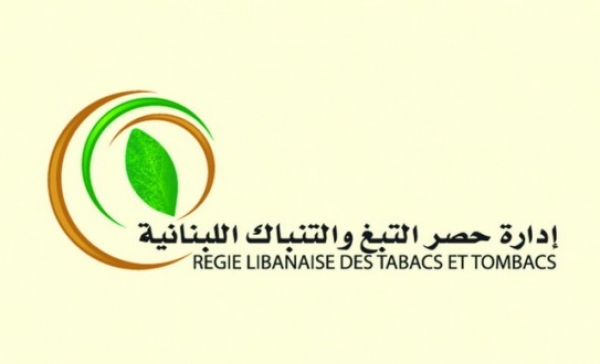The Régie Libanaise des Tabacs et Tombacs : Revenues exceeding USD 200 million
Establishment of the Régie
Tobacco first appeared in Lebanon in 1590 when the bodyguard of Prince Fakhreddine came back from Tuscany and brought it with him. When tobacco production began in Lebanon, the Ottoman Empire decided to form a tobacco monopoly in 1884. The concession to invest in this industry for 30 years (later extended by another 15 years) was given to a French company, which was granted the right to determine the area of tobacco cultivation and to regulate its production and sales. After the First World War, all concessions were cancelled and the French authority which had gained a mandate over Lebanon set April 14, 1929 as a date for the expiry and liquidation of the tobacco concession.
Later, the French mandate reactivated the previous monopoly system pursuant to Decision no. 16 L.R., which monopolized the purchasing and production of tobacco starting March 1, 1935. Subsequently, a decision was issued on February 19, 1935, designating the tobacco monopoly holders in Lebanon and Syria. Those included:
- The Syrian-Lebanese Tobacco Company
- Othman Sharabati in Damascus
- Hannah Qasouq and Bros in Beirut
- S. Sawaba and Sons in Beirut
- Mouneeb Soukkari in Damascus
Decision no. 170 L.R. dated July 16, 1935 was later issued approving the decision to establish what was then named the Anonymous Régie Society of Common Lebanese and Syrian Interest, which consisted of the aforementioned parties with a capital worth 1,250,000 Syrio-Lebanese lira.
Pursuant to Legislative Decree no. 151 dated June 12, 1959 the Lebanese Régie of Tobacco was placed under State control. The exclusivity awarded expired on December 31, 1961 but was subsequently extended until January 1, 1975.
However, it was not until 1991 that the State recovered the monopoly and an interim committee was assigned to administer the sector. The Régie thus became a state-run institution under the Ministry of Finance, which oversees its activities.
Board of Directors
The Regie is run by a Board of Directors chaired by Nassif Seqlawi (Shia’a) who also acts as Director General. Like all public institutions and administrations in Lebanon, the board consists of members representing the major sectarian communities in the country. These are George Hobeika, Issam Salman, Mahmoud Sanjakdar and Mazen Abboud.
Revenues
The total revenue received by the Régie Libanaise des Tabacs et Tombacs from 1994 to 2013 totaled USD 5,398 billion, of which USD 1,415 billion were spent on tobacco crop subsidies, salaries and overheads. The remaining USD 3,983 billion were transferred to the State treasury, breaking down into an average of USD 200 million in revenue every year.
It is noteworthy that the tobacco revenues have soared significantly in the past few years, jumping from USD 230 million in 2007 to USD 482 million then to USD 565 million in 2011 and 2013 respectively.
Staff
The staffing structure assigned to the Régie initially consisted of 1,746 jobs. However, casual employment contracts pushed the number of employees up to 3,500 by 1980. The number then decreased gradually until it had reached 2,156 in 1993 and 621 in 2013. The size of the workforce has been reduced recently to 677 posts.
The Régie’s revenue growth reflects the institution’s name and function as a state-run monopoly having the exclusive right to import tobacco. Subsequently, its revenue is mostly yielded from import duties and tobacco taxes and this revenue goes to the State treasury after deducting the subsidy earmarked for tobacco farmers.








Leave A Comment